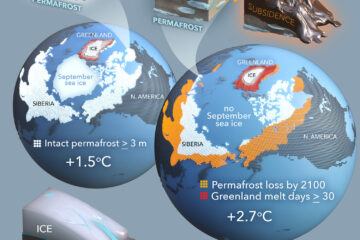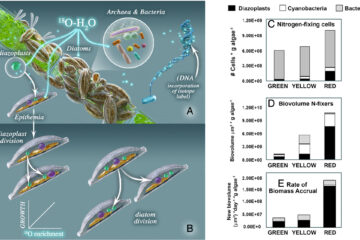Soil Microbial Community Responses to a Decade of Warming as Revealed by Comparative Metagenomics
Soil microbial communities are extremely complex, being composed of thousands of low-abundance species (<0.1% of total). How such complex communities respond to natural or human-induced fluctuations, including major perturbations such as global climate change, remains poorly understood, severely limiting our predictive ability for soil ecosystem functioning and resilience. In this study, we compared 12 whole-community shotgun metagenomic data sets from a grassland soil in the Midwestern United States, half representing soil that had undergone infrared warming by 2°C for 10 years, which simulated the effects of climate change, and the other half representing the adjacent soil that received no warming and thus, served as controls. Our analyses revealed that the heated communities showed significant shifts in composition and predicted metabolism, and these shifts were community wide as opposed to being attributable to a few taxa. Key metabolic pathways related to carbon turnover, such as cellulose degradation (∼13%) and CO2 production (∼10%), and to nitrogen cycling, including denitrification (∼12%), were enriched under warming, which was consistent with independent physicochemical measurements. These community shifts were interlinked, in part, with higher primary productivity of the aboveground plant communities stimulated by warming, revealing that most of the additional, plant-derived soil carbon was likely respired by microbial activity. Warming also enriched for a higher abundance of sporulation genes and genomes with higher G+C content. Collectively, our results indicate that microbial communities of temperate grassland soils play important roles in mediating feedback responses to climate change and advance the understanding of the molecular mechanisms of community adaptation to environmental perturbations.


